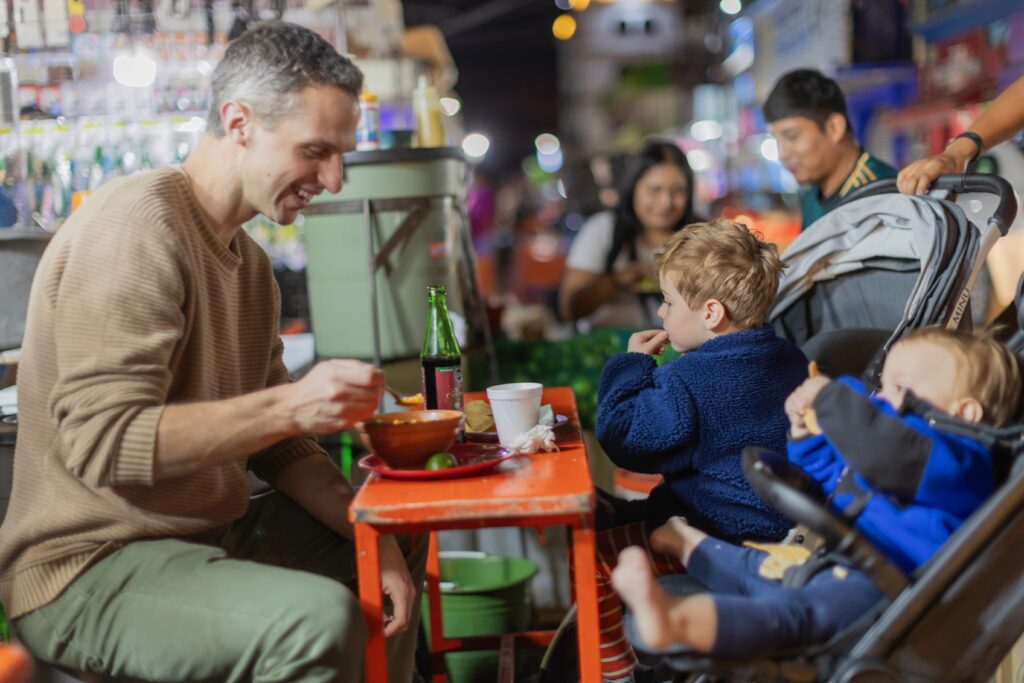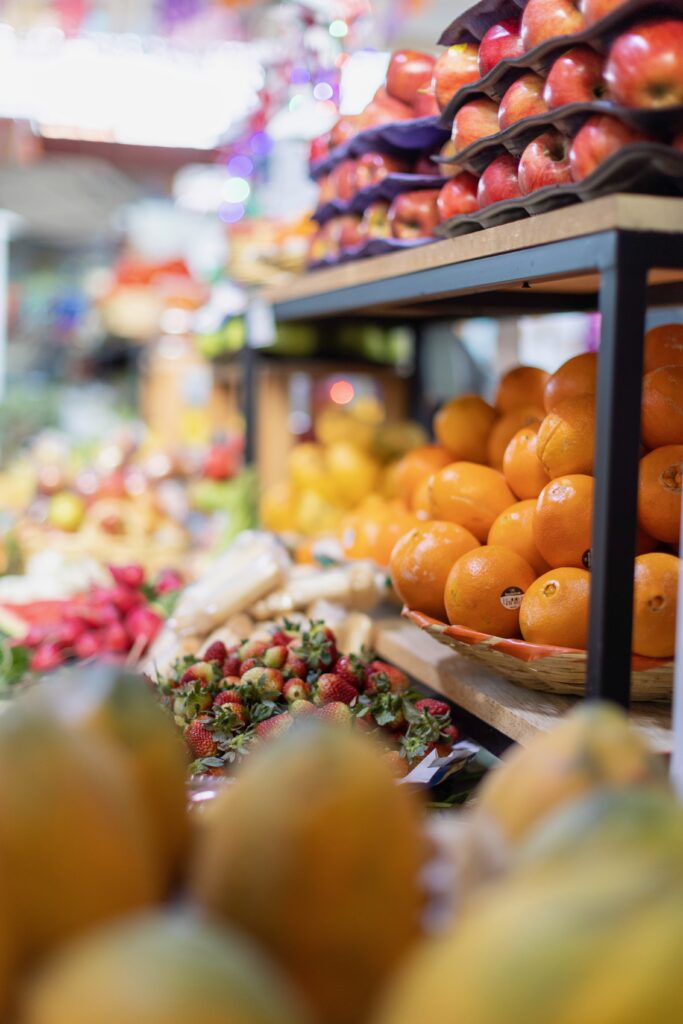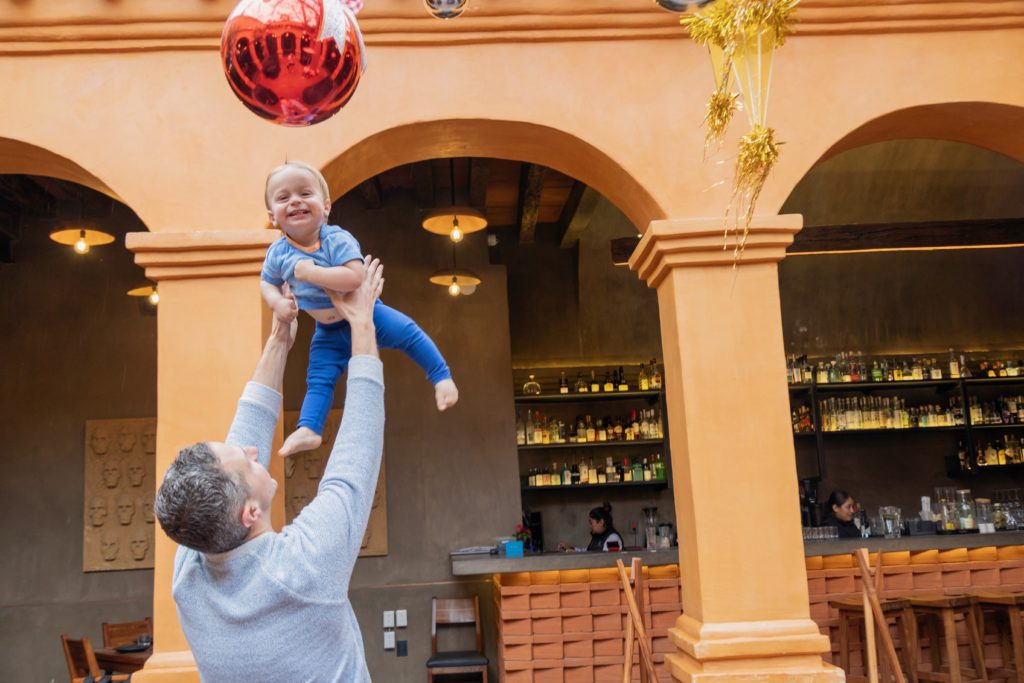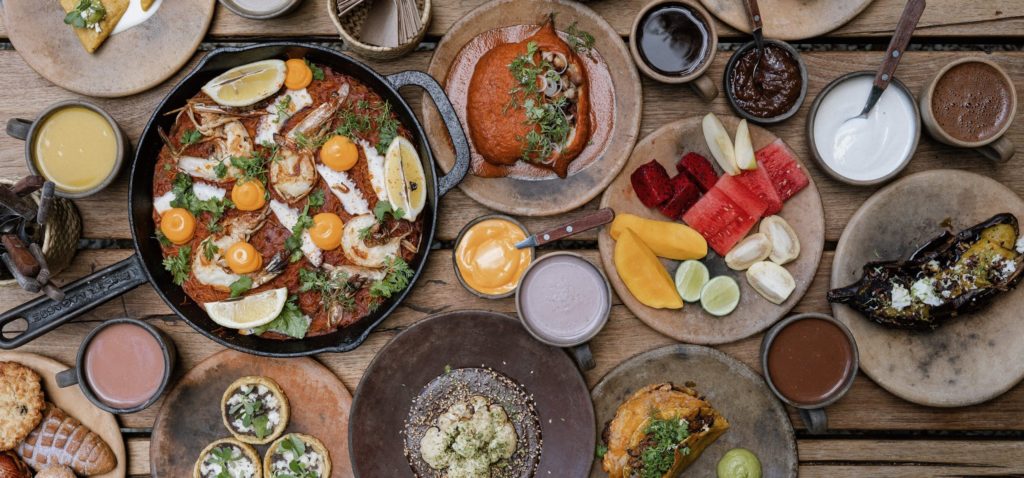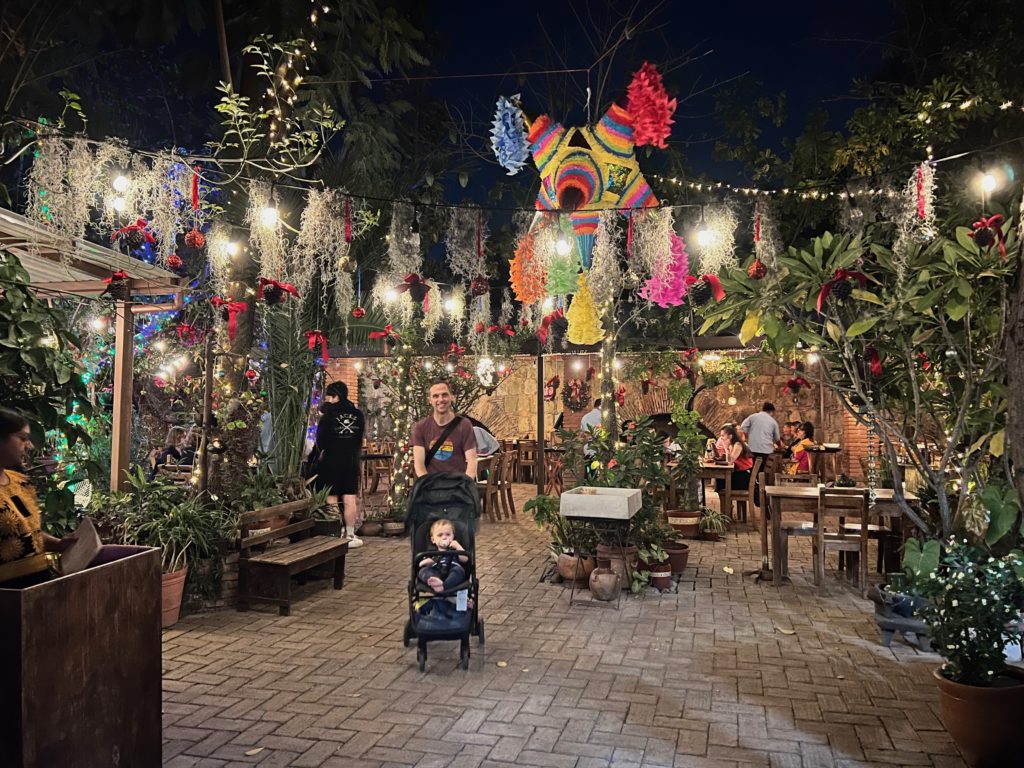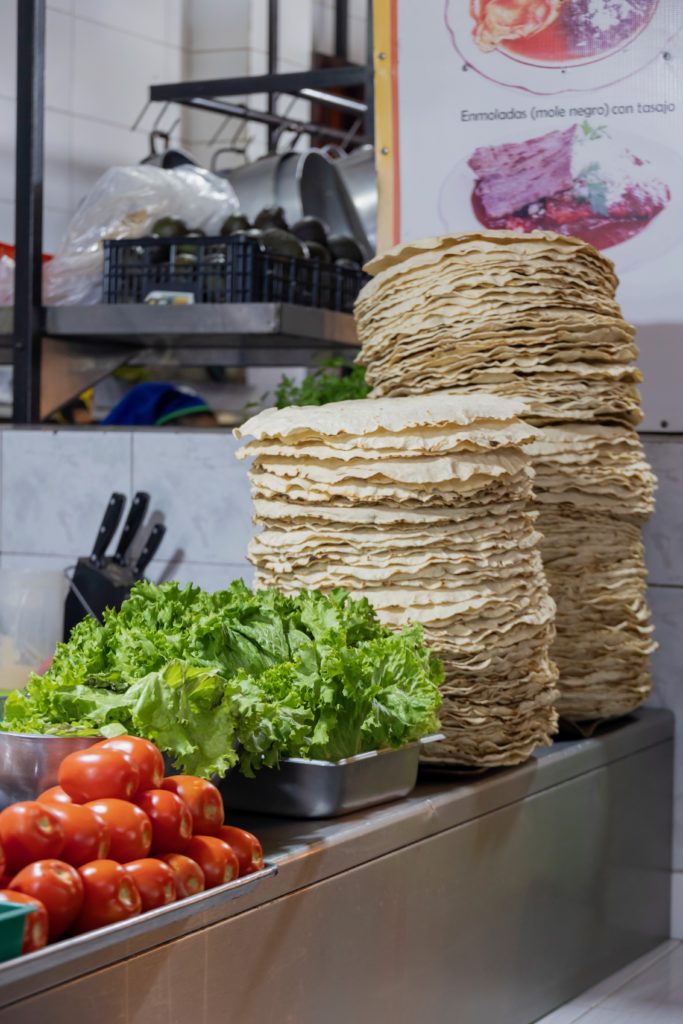Leading up to and during the trip throughout Mexico, I enjoy reading Don Winslow’s two books on El Chapo, “The Power of the Dog” and “The Cartel”. Although fiction, there is also a strong tie to truth throughout. In thriller fashion, the books include violence, drugs, sex, scandal, criminals and cops. But I also appreciate how many “normal” citizens they include that were trapped in the crosshairs of this war on drugs. The passage that spoke to me the most was from the second book, “The Cartel”, and it was written by a journalist who felt completely trapped by his circumstance. I’ve copied it below:
I speak for the ones who cannot speak, for the voiceless. I raise my voice and wave my arms and shout for the ones you do not see, perhaps cannot see, for the invisible. For the poor, the powerless, the disenfranchised; for the victims of this so-called “war on drugs,” for the eighty thousand murdered by the narcos, by the police, by the military, by the government, by the purchasers of drugs and the sellers of guns, by the investors in gleaming towers who have parlayed their “new money” into hotels, resorts, shopping malls, and suburban developments.
I speak for the tortured, burned, and flayed by the narcos, beaten and raped by the soldiers, electrocuted and half-drowned by the police.
I speak for the orphans, twenty thousand of them, for the children who have lost both or one parent, whose lives will never be the same.
I speak for the dead children, shot in crossfires, murdered alongside their parents, ripped from their mothers’ wombs.
I speak for the people enslaved, forced to labor on the narcos’ ranches, forced to fight. I speak for the mass of others ground down by an economic system that cares more for profit than for people.
I speak for the people who tried to tell the truth, who tried to tell the story, who tried to show you what you have been doing and what you have done. But you silenced them and blinded them so that they could not tell you, could not show you.
I speak for them, but I speak to you – the rich, the powerful, the politicians, the comandantes, the generals. I speak to Los Pinos and the Chamber of Deputies, I speak to the White House and Congress, I speak to AFI and DEA, I speak to the bankers, and the ranchers and the oil barons and the capitalists and the narco drug lords and I say—
You are the same.
You are all the cartel.
And you are guilty.
You are guilty of murder, you are guilty of torture, you are guilty of rape, of kidnapping, of slavery, of oppression, but mostly I say that you are guilty of indifference. You do not see the people that you grind under your heel. You do not see their pain, you do not hear their cries, they are voiceless and invisible to you and they are the victims of this war that you perpetuate to keep yourselves above them.
This is not a war on drugs.
This is a war on the poor.
This is a war on the poor and the powerless, the voiceless and the invisible, that you would just as soon be swept from your streets like the trash that blows around your ankles and soils your shoes.
Congratulations.
You’ve done it.
You’ve performed a cleansing.
A limpieza.
The country is safe now for your shopping malls and suburban tracts, the invisible are safely out of sight, the voiceless silent as they should be.
I speak these last words, and now you will kill me for it.
I only ask that you bury me in the fosa comun—the common grave—with the faceless and the nameless, without a headstone.
I would rather be with them than you.
And I am voiceless now, and invisible.
I am Pablo Mora.

















